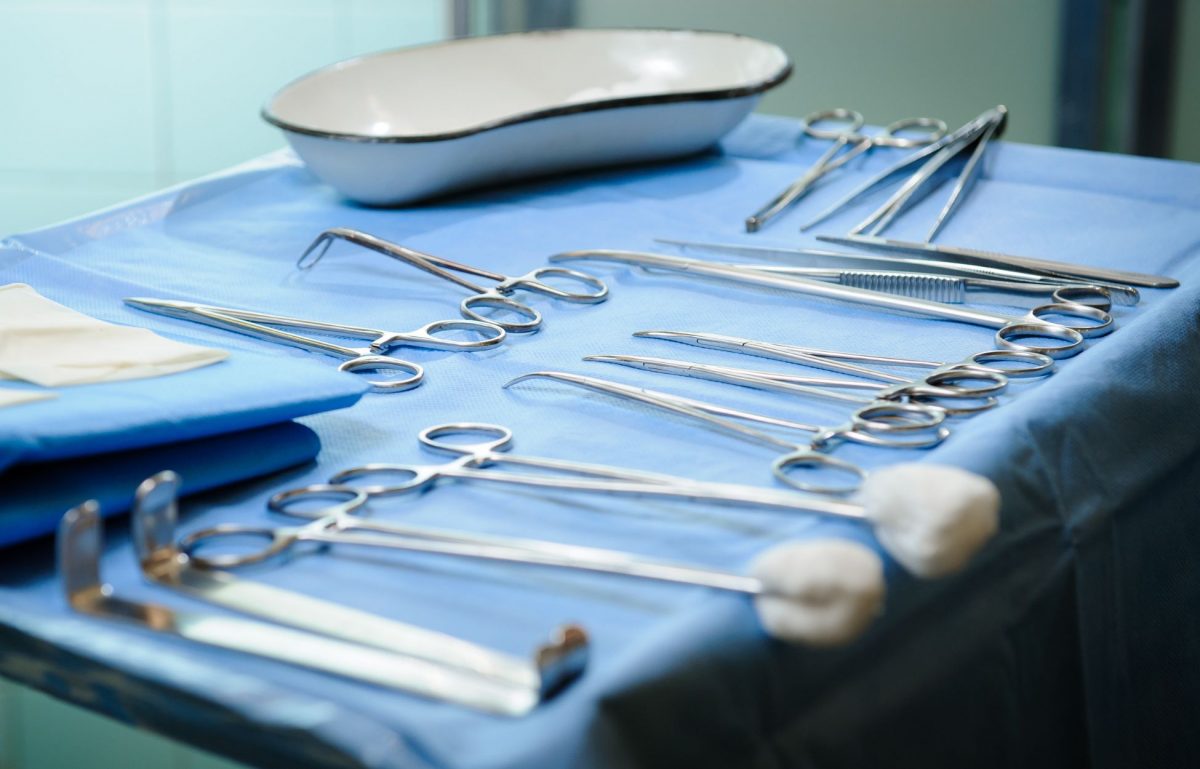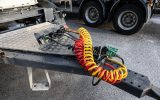In the intricate and dynamic world of medicine, a surgeon’s tool kit is vital for the success of any procedure. There are various tools a surgeon will use, including tweezers, scissors, scalpels, and forceps. Some people may not understand the differences between surgical forceps and tweezers. While both are instrumental to the surgical world, we will explore forceps today. These are the different uses for surgical forceps.
Hemostatic Forceps
Amid the choreographed orchestra of surgery, hemostatic forceps emerge as critical conductors, tasked with one of the most crucial roles—controlling bleeding. They clamp down and seal off blood vessels. Within this category, variations like the robust Kelly and Crile forceps manage larger vessels, while the sturdier Rochester-Pean can take on the robust tasks often seen in abdominal surgeries.
Tissue Forceps
Imagine trying to hold onto a slippery fish with your bare hands—that’s similar to manipulating tissues during surgery without the assistance of tissue forceps. They gently but firmly grasp tissue with minimal damage, making them an essential companion for any surgeon. Tools such as the Allis and Babcock tissue forceps act like gentle bear traps, locking on without being destructive. The precise Adson forceps are like tweezers and offer a meticulous grip for the most delicate tasks.
Grasping Forceps
Grasping forceps are the unsung heroes in the operating room, designed to hold and manipulate delicate structures without causing harm. Options like rat tooth forceps act like little pincers of stability. The broader Debakey forceps have a more finessed embrace, making them ideal for cardiovascular work.
Dissecting Forceps
Dissecting forceps are like the fine artists of the surgical world. They separate the wheat from the chaff, or more accurately, the tissues meant to stay from those that must go. Surgeons blaze new trails through tissue with Adson-Brown or Metzenbaum forceps. Meanwhile, the Mayo-Hegar forceps remain a firm favorite for those moments when delicate finesse meets the need for unwavering control.
Suturing Forceps
You know it’s time to put things back together when the needle and thread come out. Suturing forceps are instrumental in wound closure. Whether it’s the versatile Needle Holder forceps making sure the sutures behave or the compact Mosquito forceps reaching into small spaces like a stealthy insect, they ensure ends are neat and tied. Added to the mix are the Mathieu forceps, a reliable friend to surgeons looking for a little autonomy during suturing.
As you’ve learned, there are many uses for surgical forceps. Surgical forceps are extensions of a surgeon’s skilled hands, each type bringing its specialty to the operating table. So, the next time you picture a surgical suite, remember the forceps are making healing happen.













